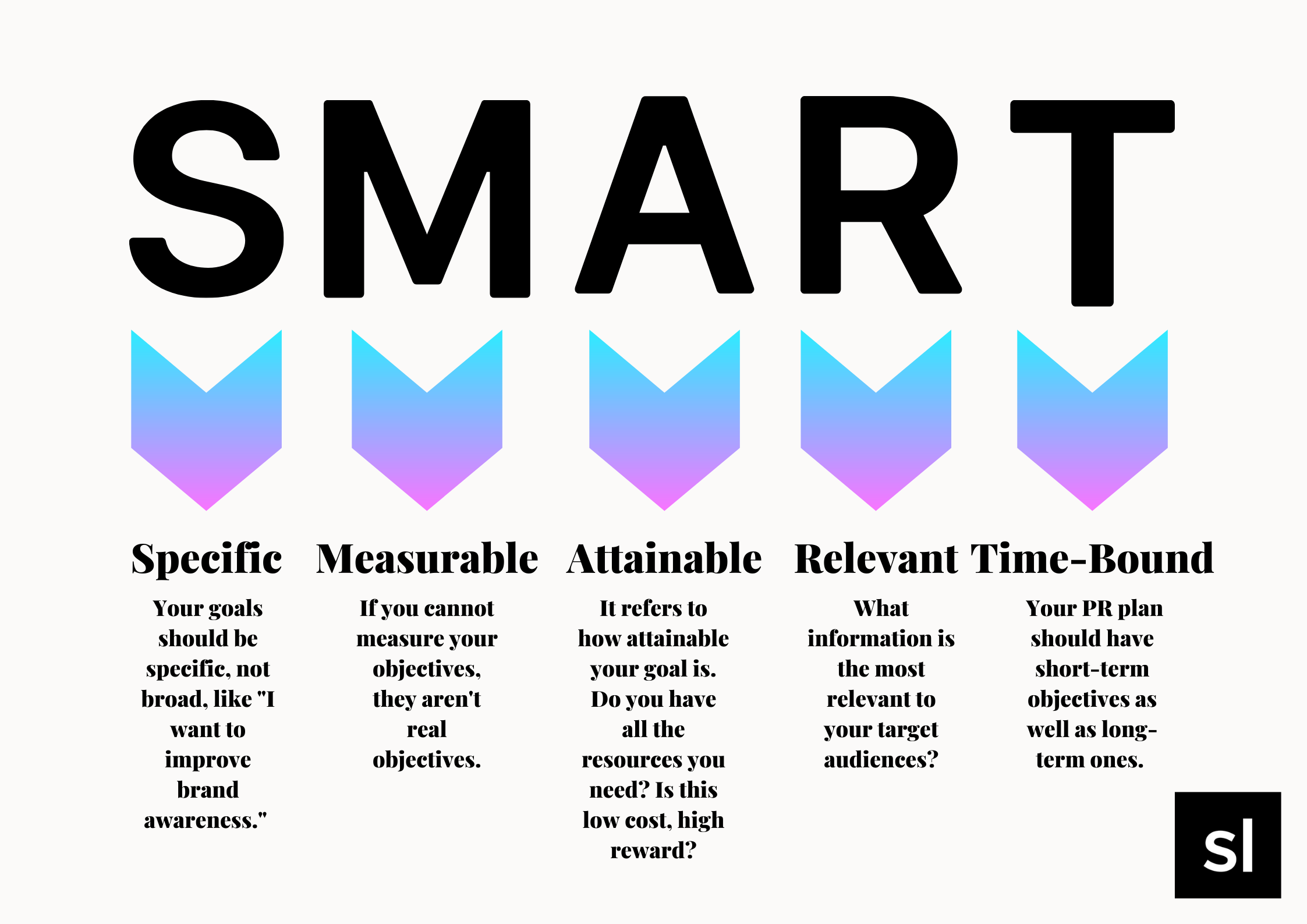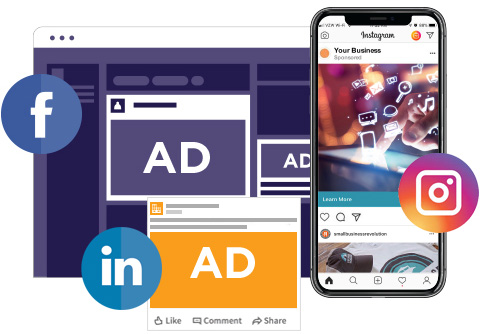
10 Simple Steps to Create a Successful Advertising Campaign
Last update: 28 August 2023 at 09:24 am
Creative marketing campaigns are a great way to promote products and services. But many marketers often don’t know where to start in creative campaign planning and how to create a successful advertising campaign.
That’s why on this page, we’ll tell you 10 steps that are guaranteed to make your marketing campaign a success.
What Does an Advertising Campaign Involve?
An advertising campaign is not just a single action, such as a digital ad on a website, but many different actions that are played out on different platforms but still belong together in terms of content.
Marketing campaigns can have many objectives. These include acquiring new customers but also increasing sales, customer loyalty, a new product launch, or creating attention and reach for the brand.
To achieve the individual objective, different marketing options are used depending on the pre-defined target group. This can be, for example, a TV spot on television, placing ads on a popular podcast, or creating creative content for social media platforms.
What Do You Need for a Successful Campaign?
When exactly a marketing campaign can be considered a success depends on the objectives defined in advance. Just because the advertising campaign has managed to reach many people does not mean that these people belong to the target group or have converted into paying customers.
That’s why the first step in a successful marketing campaign is to ask yourself what your individual goals are. Only then should your marketing team think about the planning and implementation of the campaign.
Create an Advertising Campaign in 10 Steps
If you’re not sure where to start with your advertising campaigns, here comes our checklist for successful campaign planning.
1. Define the goals
The first step you should take is to define your marketing goals for the campaign. This will form the basis for your next steps.
When doing so, you should always make sure that a goal is SMART, meaning that it meets the following attributes:

Keep these goals visible to all team members involved in the campaign, and at the end of the campaign, check to see if you have actually achieved the goals you set.
2. Determine the target group
After you have defined the goals of your campaign, it’s time to determine your target group. Depending on the goals you’ve set, very different target groups may come into play here.
Target Audience Analysis: What Is It? How to Do It?
Everyone wears shoes, but not everywhere wears heels. If you sell designer pumps, you will want to know how to market to target the people who want your specific shoes. Target audience analysis is how to do that. Your brand’s success relies on marketing efforts that collect demographic and psychographic data of not only your […]
If you are launching a new product, your existing customers may be your target audience. If you want to open up a new market or increase your brand awareness, a completely new target group may also be of interest to you.
Professional market analysis from a marketing agency can be extremely helpful here.
3. Plan the budget
The next step is to set the budget for your campaign. Here you are probably a bit limited, as marketing departments often have to work with a pre-allocated budget.
However, within this financial planning, it can still be useful to consider how important the specific advertising campaign is compared to other campaigns during the year and how much more or less budget should therefore be allocated to it.
Budget planning also includes determining the capacities within the marketing team, because after all, the campaign has to be prepared and implemented. A rough estimate of how many days the employees will be busy with the campaign is therefore extremely important for further planning in marketing.
4. Determine the media mix
Now it’s time for the concrete strategy. In other words, which channels should be used to reach the predefined target group? In marketing, this step is also called media planning.
The following channels are among the best-known measures in the media mix:
- Social media ads, for example on Facebook or Instagram.
- Influencer marketing
- Out-of-home advertising
- Content marketing
- TV or radio advertising
- Digital advertising
- An advertisement in print magazines or newspapers
It is best to select not just individual measures here, but a well-thought-out mix in order to reach as many customers as possible within the target group.
You should always ask yourself which channels are most effective in meeting your objective and which should be left out due to time or budget constraints.

5. Define the campaign period
Also important to your campaign is setting a timeline. This project plan should record when you start your campaign and how long it will be active before you evaluate the individual measures.
On the one hand, the fixed budget plays an important role in time planning, because you cannot let expensive measures, in particular, run on indefinitely. On the other hand, fixed dates must also be taken into account, such as holidays or the specific date of the release of a new product.
If you’re planning a Christmas sale, it makes little sense to let the associated campaign run into January. And if you are promoting a specific event, such as a concert, you should also start your campaign just in time for the release of the tickets.
Do you need |
Discover the most relevant agencies for your project based on your own specific requirements.
Show me agencies6. Create the campaign plan
After you have determined the goals as well as the budget, the time period, and the media mix, the next step is to create a comprehensive campaign plan. In this document, you summarize all predefined points once again holistically and thus create a plan in which all relevant information can be found at a glance.
You should share this plan with the whole team and make sure that all involved employees always have access to the latest version of the campaign plan.
7. Design the creative content
Now it’s time for your creativity! Your campaign plan is created and you can fully focus on implementing the content that is part of your campaign. This can be texts for the website, scripts for video spots, but also graphics for the visual design of the ads, or photoshoots for ad motifs.
For this step, many companies enlist the services of external service providers such as agencies or even freelancers – and that’s fine. Agencies often have much more capacity and, more importantly, years of experience working with clients and businesses.
So, if your budget allows, you should definitely consider working with external service providers to save your own resources while benefiting from the creativity of an advertising agency.
8. Implementing the advertising campaign
Finally, it comes to the concrete implementation of the campaigns. This means posting ads, publishing information, and placing ads on the defined channels.
Here, too, many companies resort to external support, because especially with large and costly campaigns, the number of advertising contents can quickly become confusing. While there are now numerous tools that are helpful in sharing content on different channels, using these functions is often a question of money.
If you don’t have access to these options for every user on your team as well, going to an agency is often the easier option.
9. Optimize the campaign
During the active phase of the marketing campaign, you should constantly check the performance of the marketing action. If the actual state of communication does not yet correspond to the desired goal, all is far from lost.
Be flexible and reschedule or make changes to the content. Often, a small adjustment can go a long way and you will still generate enough reach for your product despite a slow start.
10. Create a final reporting
In the final step, you should create a comprehensive report on the performance of your advertising campaign at the end of your campaign. This presentation should cover all issues related to the performance of the campaign and provide a clear reference to the objective set at the beginning.
If the goal was customer retention, then the information in the reporting should show how many customers were retained by the campaign, such as signing up for a loyalty program with an email address.
If your company’s goal was to reach more people, figures on the reach of your campaign can tell you how successful the campaign was.
And if your goal was to improve communication with customers, interactions on social platforms can be an indicator of whether the target audience was reached accordingly.
Create Advertising Campaign: In-House or With Agency?
An advertising campaign can certainly be created in-house, but in some cases, it is worthwhile to resort to the external support of an agency.
The advantages of doing it yourself
If you want to implement a smaller advertising campaign with a lower budget, then you can start working on the advertising measures yourself with a clear conscience.
And even if you already have an idea for the content of the marketing campaign, much of the work that an agency would otherwise do for you is already done.
Speaking in favor of the agency
If you are planning a very extensive marketing campaign with many different advertising measures or would like to implement a marketing campaign at very short notice, then it is worth looking for a suitable agency. They can actively support you in creative and strategic planning, while at the same time ensuring that all campaign content is delivered in a timely manner.
Sortlist can help you find the right agency for your advertising campaign. All service providers listed on our site are pre-screened by us, and thanks to the user reviews, you can get an overview of whether the agency you want really meets your individual requirements.
Time to Get started!
No matter what you decide, we’ve given you some tips here on how to approach your campaign planning so that it leads to success. Now it’s up to you. Start marketing your brand or new product today by creating an advertising campaign.







